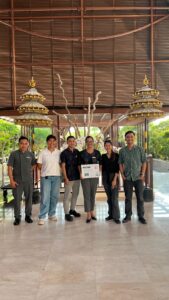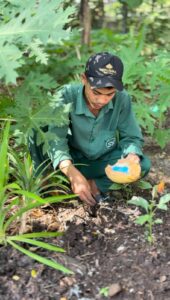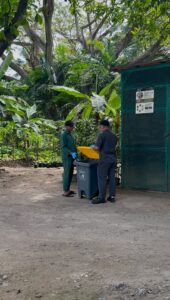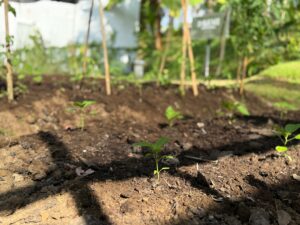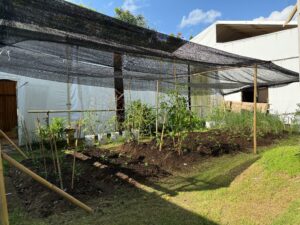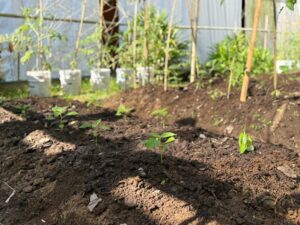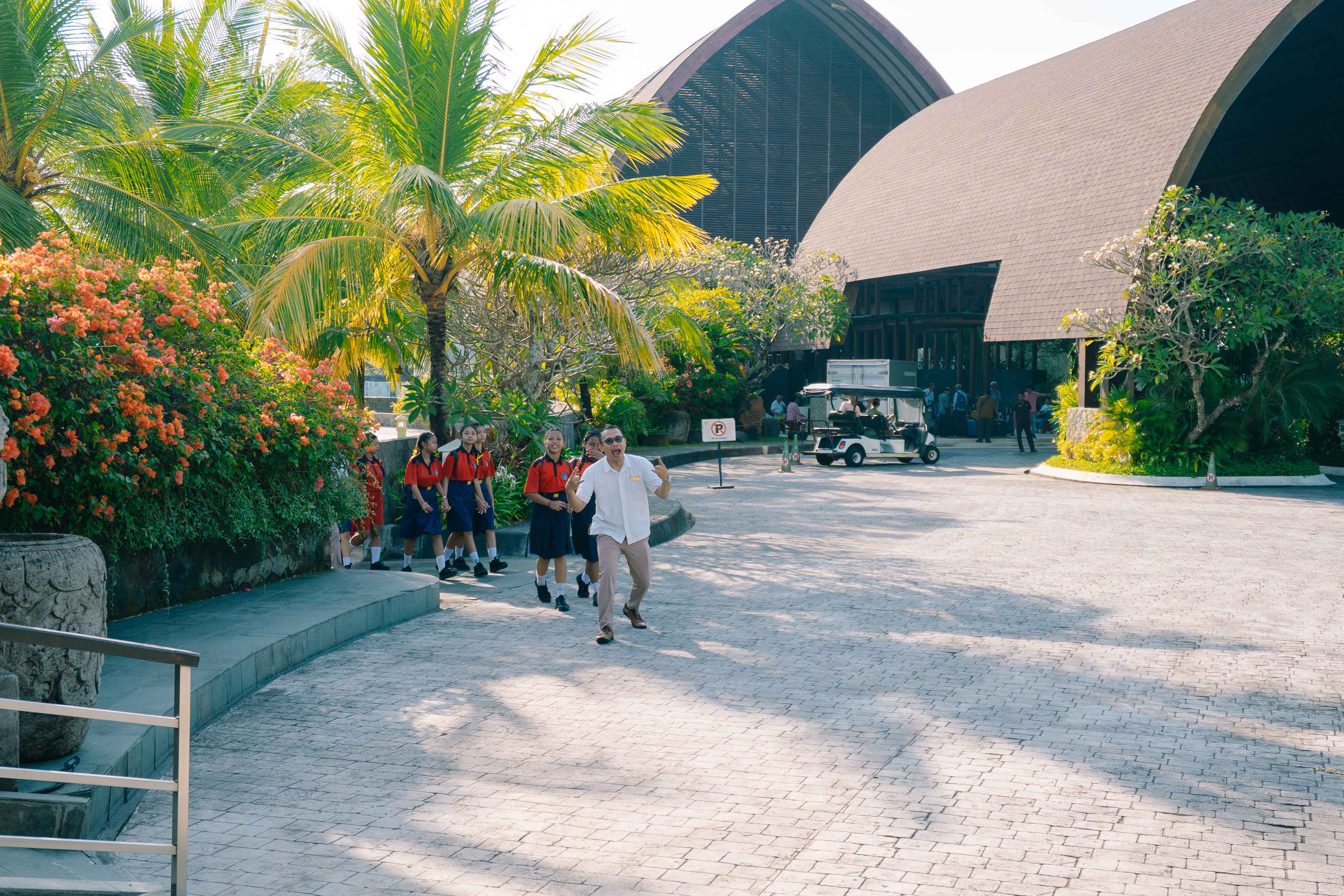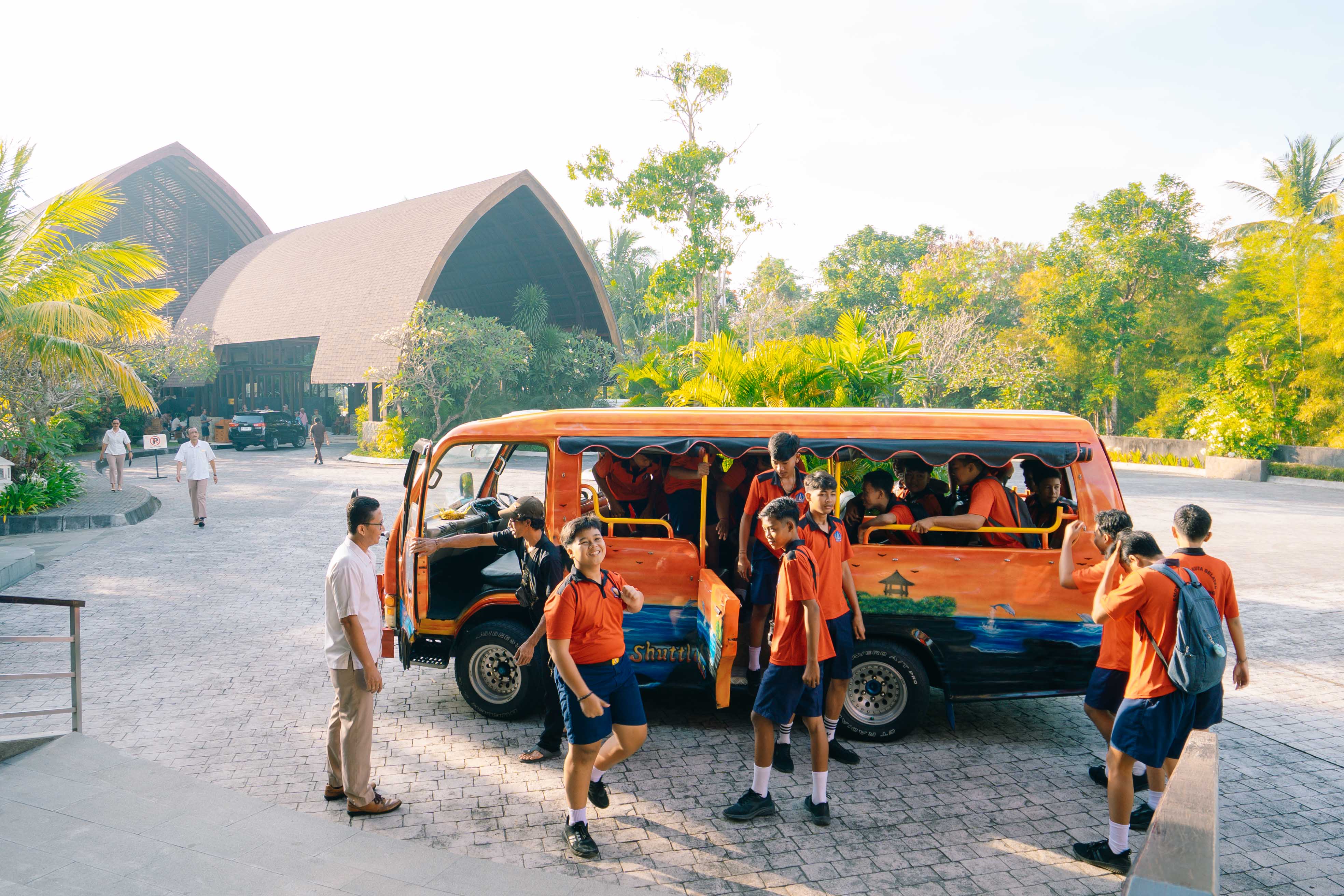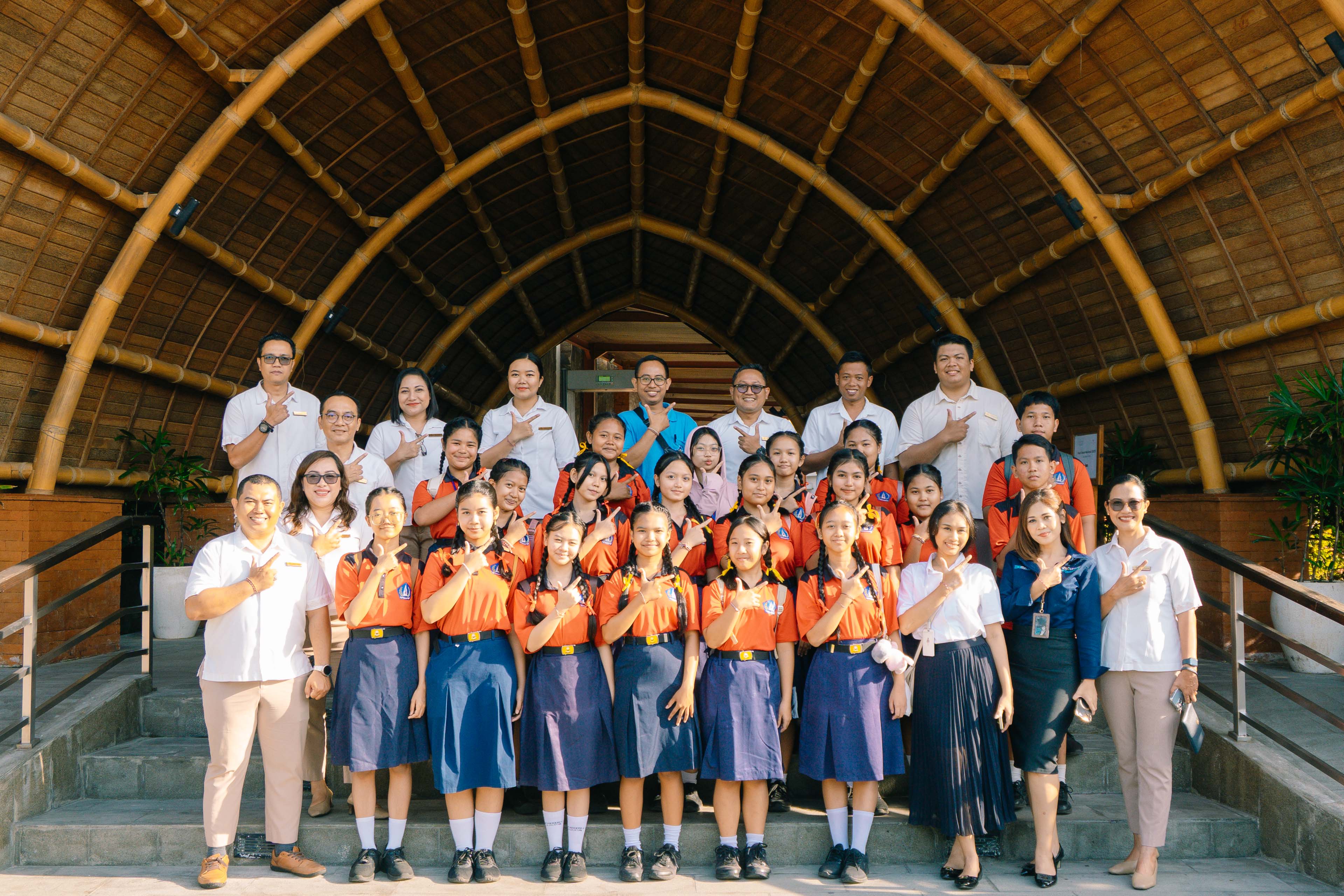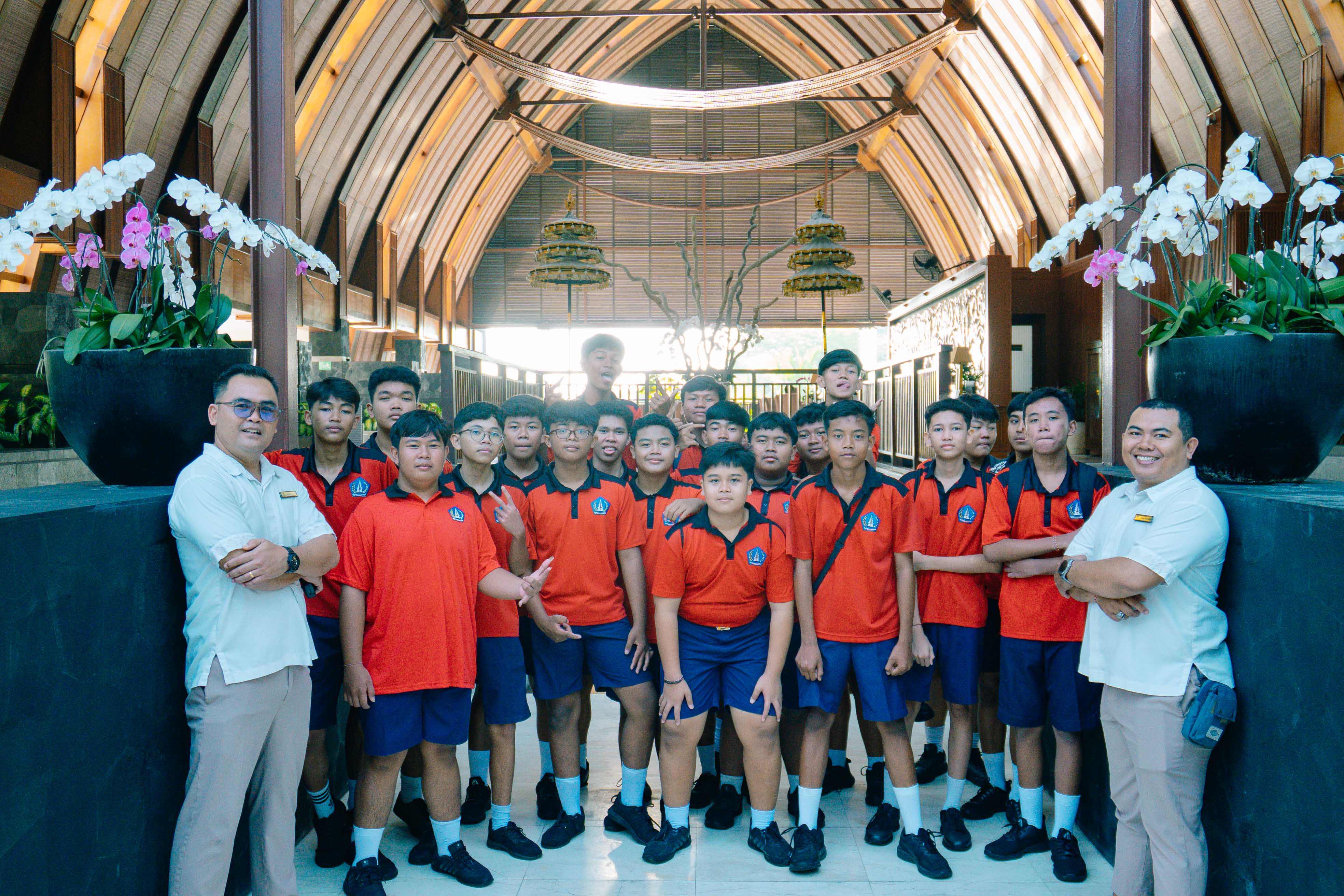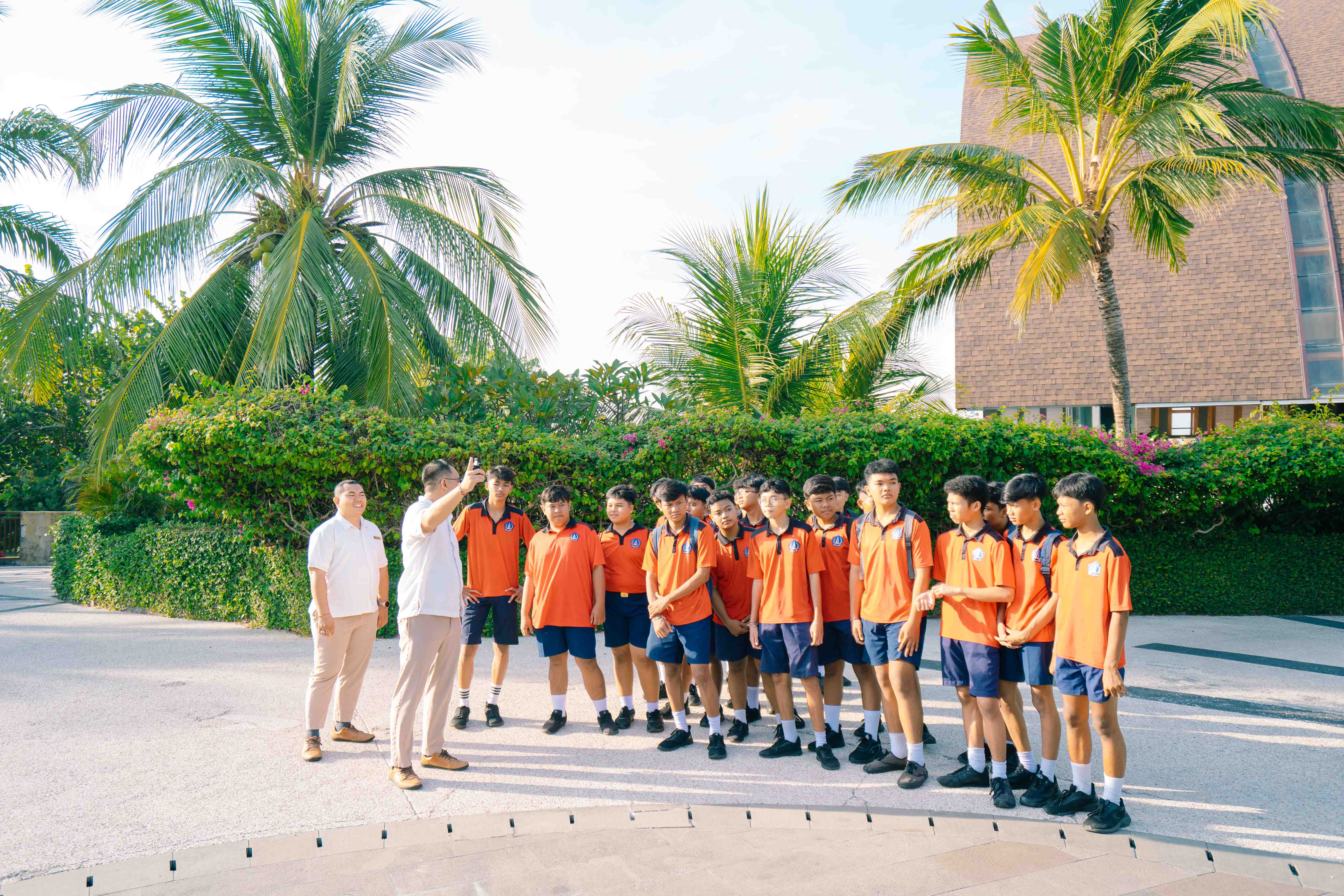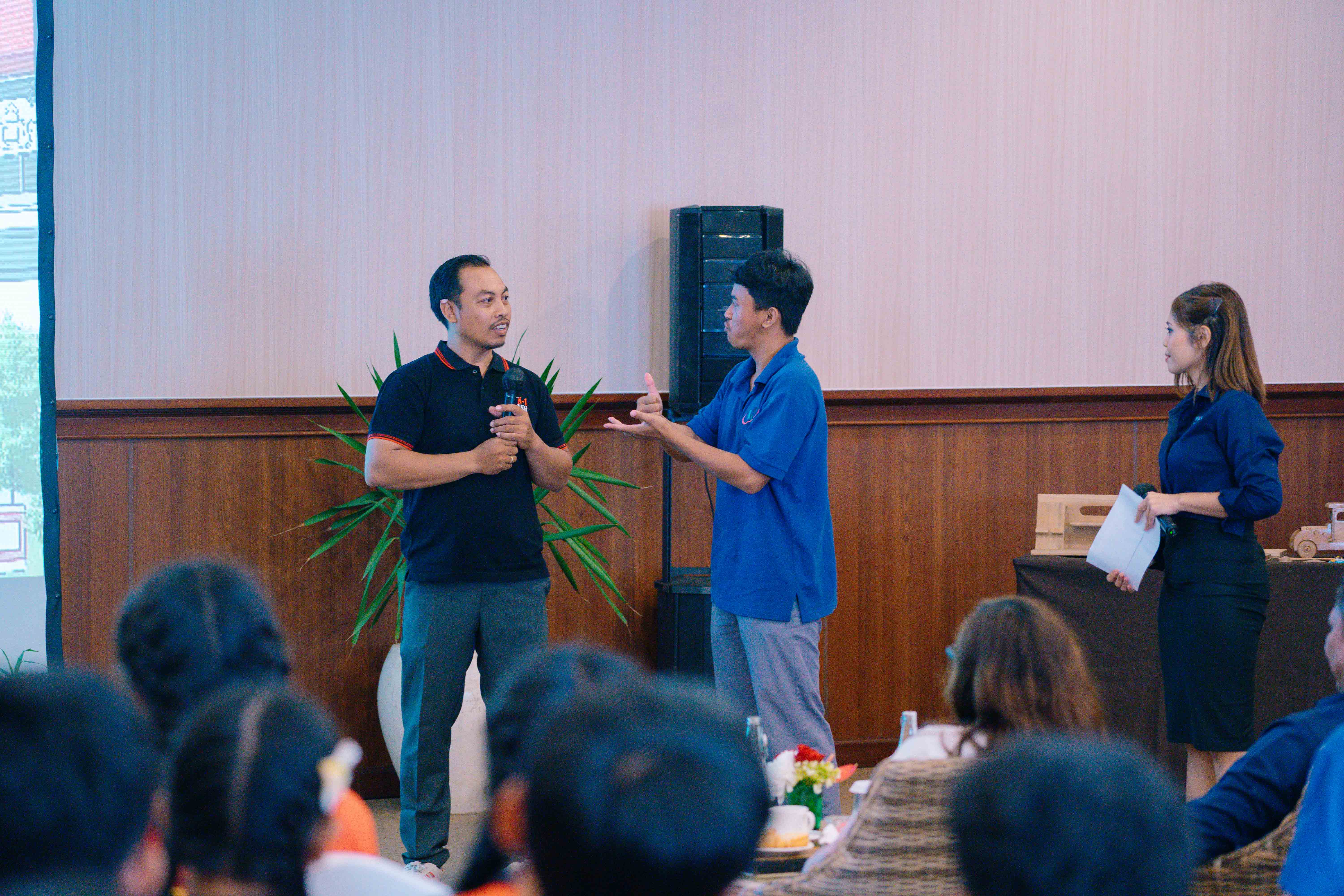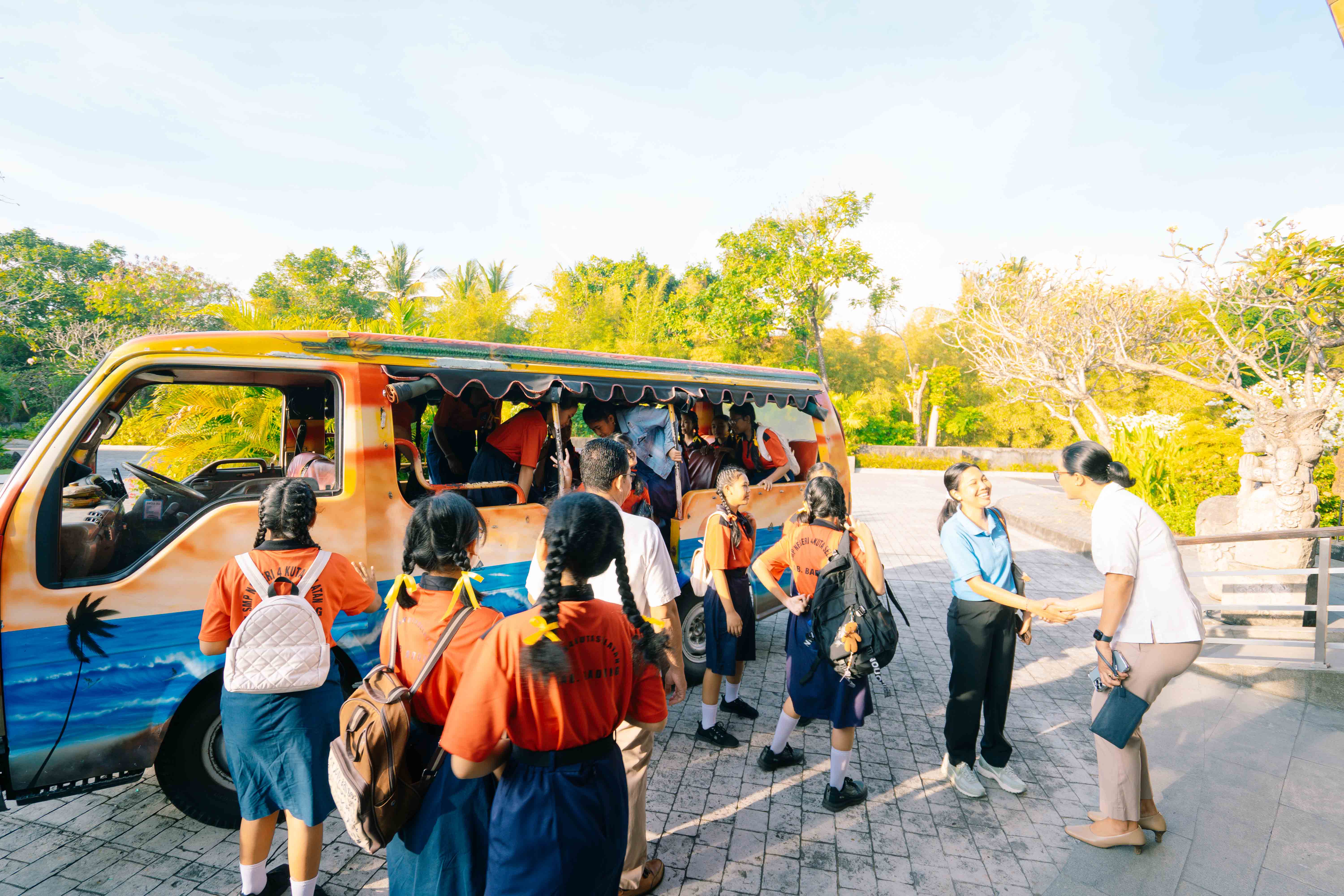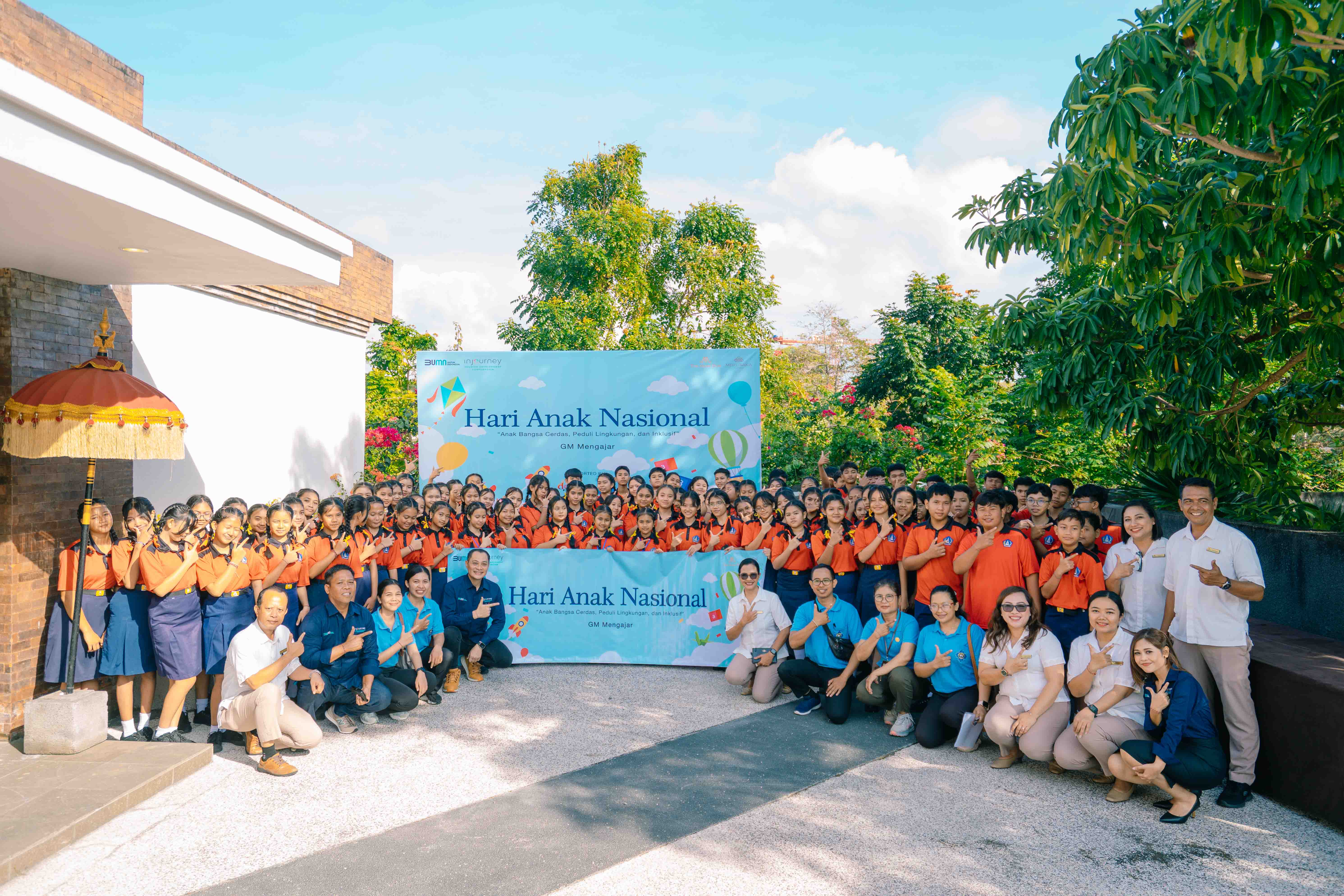Halo! As the Bali sun begins to set, the Sanur Village Festival comes to life. It transforms the tranquil shores of Sanur. This beloved annual event becomes a vibrant, week-long celebration. It showcases community, culture, music, and food. Typically held in late August, it’s one of the island’s most anticipated festivals. It draws locals and visitors together for a truly special beachside party.
This is a modern celebration with a huge heart. It differs from more ancient temple ceremonies. The Sanur Village Festival (SVF) showcases creativity and community spirit. It’s all set against the relaxed, charming backdrop of Sanur. This is one of Bali’s original tourist destinations. As your friendly hosts here at Merusaka Nusa Dua, we highly recommend a visit. It perfectly captures modern Bali’s fun, friendly, and creative soul.
The Spirit of Sanur: What is the Festival All About?
Before you dive into the festivities, it’s wonderful to understand the event’s purpose.
A Celebration of Community & Creativity
The Sanur Development Foundation (YPS) started this festival. It celebrates and promotes Sanur’s incredible creative energy. It brings together local artists, musicians, restaurateurs, and businesses. They join in a single, vibrant showcase.
A Festival with a Heart
A key theme runs through SVF every year. It focuses strongly on environmental conservation and social empowerment. The festival often includes various activities. These include beach clean-ups, coral reef planting, and releasing baby turtle hatchlings. This blends fun with a meaningful purpose.
A Feast for the Senses: What to See, Do, and Eat!
The Sanur Village Festival offers incredible diversity. It provides something for everyone. Foodies, music lovers, families, and sports enthusiasts will all find enjoyment.
1. The Legendary Food Bazaar
This is often the main attraction! They set up a huge culinary area. Dozens of stalls feature here. You can find everything. This includes delicious, authentic street food and local warung specialties. Pop-up booths from some of Sanur’s best hotel restaurants also participate. It’s a fantastic opportunity for a culinary tour. Sample a huge variety of Indonesian and international flavors.
2. Live Music on the Beach
As evening falls, the main stage on the beach becomes the festival’s heart. Each night features performances. Well-known Indonesian musicians and bands play. They cover genres from pop and rock to jazz and reggae. Enjoying great live music with your feet in the sand is magical. The sea breeze fills the air. It’s a truly special Bali experience.
3. Cultural Performances & Art
The festival also serves as a platform for Balinese culture. You can expect showcases of traditional dance. Gamelan music performances also occur. Contemporary art exhibitions are common. Photography competitions and other creative displays often celebrate the island’s beauty.
4. Fun on the Water (and Land)
The festival often includes various fun sporting events. This reflects Sanur’s seaside setting. In the past, this has included marathons and cycling tours. Water sports competitions also feature. These include traditional jukung boat races, surfing, or windsurfing.
5. Environmental Action
Do not miss the chance to witness or even participate in the festival’s environmental activities. The ceremonial release of baby turtle hatchlings into the ocean is heartwarming. It is a popular event. It’s perfect for families and nature lovers.
Planning Your Visit from Nusa Dua
Getting to the festival from your sanctuary in Nusa Dua is a simple and enjoyable trip.
The Journey
The drive to the Sanur area from Nusa Dua is quite easy. It typically takes about 30 to 40 minutes. This depends on traffic. The festival usually centers around the Maisonette area of Segara Ayu Beach.
Transport Options
A private driver or a ride-hailing app like Gojek or Grab offer convenient transport. Use them to get there and back.
Best Time to Go
We highly recommend visiting in the late afternoon. Stay into the evening. This allows you to browse the art and activity stalls in daylight. Then, settle in. Enjoy the sunset, the buzzing food bazaar, and the main music performances on the beach at night.
What to Bring
Indonesian Rupiah (IDR) cash is essential. Use it for the food bazaar and any small vendors. Some larger stalls may accept cards, but cash is far more convenient. It can get a little breezy by the ocean at night. So, a light jacket or wrap is a good idea.
Conclusion: Experience Bali’s Community Spirit
The Sanur Village Festival is a must-visit event for anyone in Bali during late August. It offers a fun, safe, and incredibly welcoming atmosphere. This makes it a perfect evening out for couples, families, and solo travelers alike. It’s a chance to taste delicious food. Listen to great music. Celebrate alongside the local community. All this happens in one of Bali’s most charming seaside towns.

